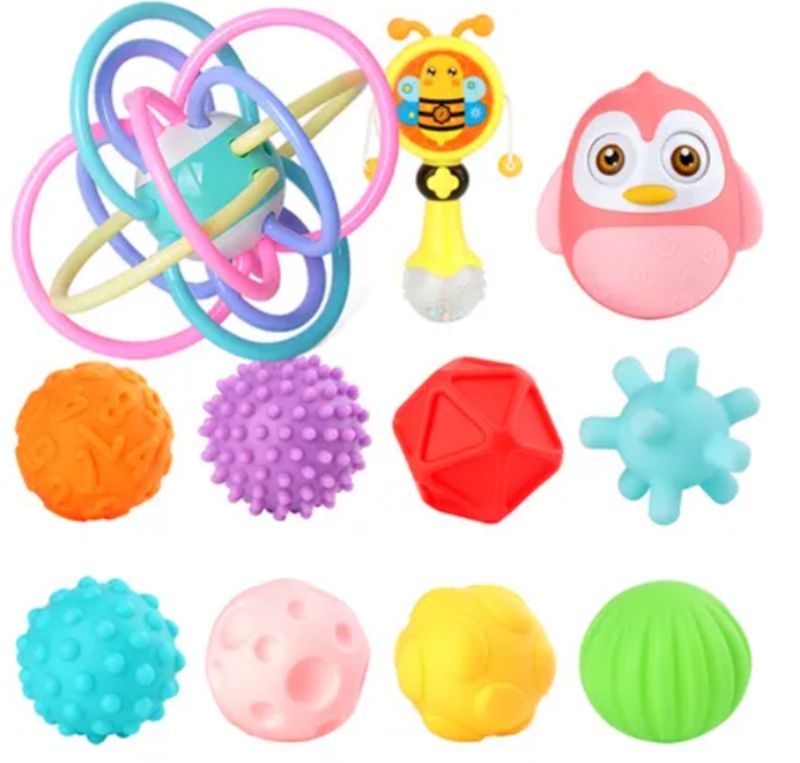The European Commission and the Toy Expert Group have published new guidance on the classification of toys: three years or more, two groups.

The Toy Safety Directive EU 2009/48/EC imposes strict requirements on toys for children under three years old. This is because very young children are at greater risk due to their limited abilities. For example, young children explore everything with their mouths and are at a higher risk of choking or choking on toys. Toy safety requirements are designed to protect young children from these hazards.
Correct classification of toys ensures applicable requirements.
In 2009, the European Commission and the Toy Expert Group published guidance to aid in correct classification. This guidance (Document 11) covers three categories of toys: puzzles, dolls, soft toys and stuffed toys. Since there are more toy categories on the market, it was decided to expand the file and increase the number of toy categories.
The new guidance covers the following categories:
1. Jigsaw puzzle
2. Doll
3. Soft stuffed or partially stuffed toys:
a) Soft stuffed or partially stuffed toys
b) Soft, slimy, and easily squishable toys (Squishies)
4. Fidget toys
5. Simulate clay/dough, slime, soap bubbles
6. Movable/wheeled toys
7. Game scenes, architectural models and construction toys
8. Game sets and board games
9. Toys intended for entry
10. Toys designed to bear the weight of children
11. Toy sports equipment and balls
12. Hobby Horse/Horse Horse
13. Push and pull toys
14. Audio/Video Equipment
15. Toy figures and other toys
The guide focuses on edge cases and provides many examples and pictures of toys.
To determine the play value of toys for children under 36 months of age, the following factors are considered:
1.The psychology of children under 3 years old, especially their need to be "hugged"
2.Children under 3 years old are attracted to objects “like them”: babies, small children, baby animals, etc.
3.Children under 3 years old like to imitate adults and their activities
4.The intellectual development of children under 3 years old, especially the lack of abstract ability, low knowledge level, limited patience, etc.
5.Children under 3 years old have less developed physical abilities, such as mobility, manual dexterity, etc. (Toys may be small and light, making them easy for children to handle)
For more information, please view EU Toy Guideline 11 for detailed information.
Post time: Nov-10-2023





